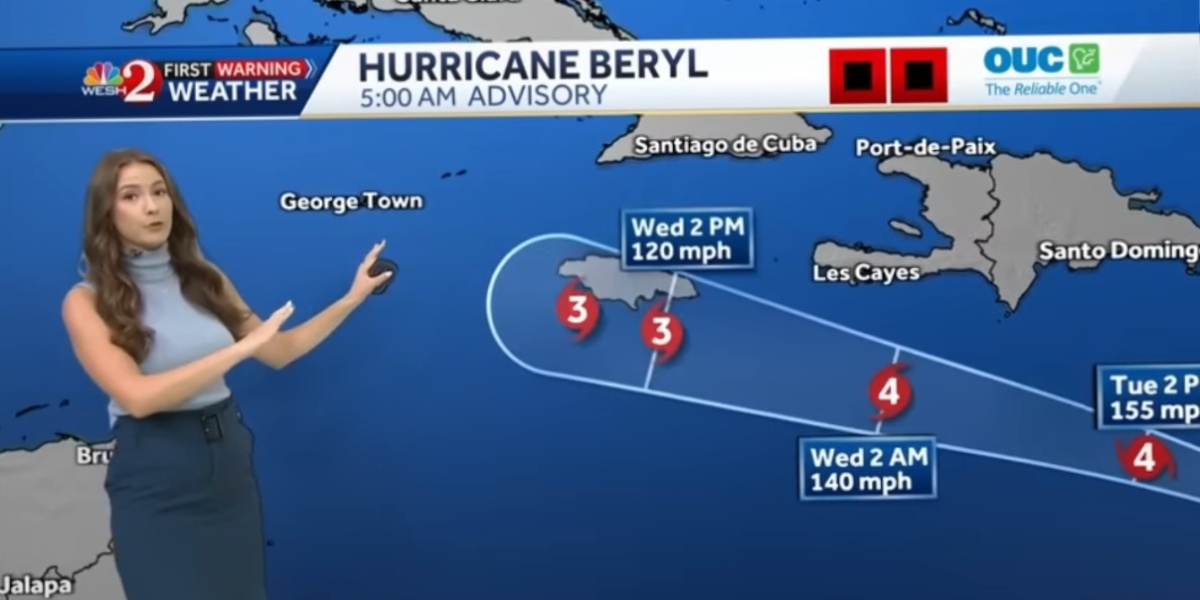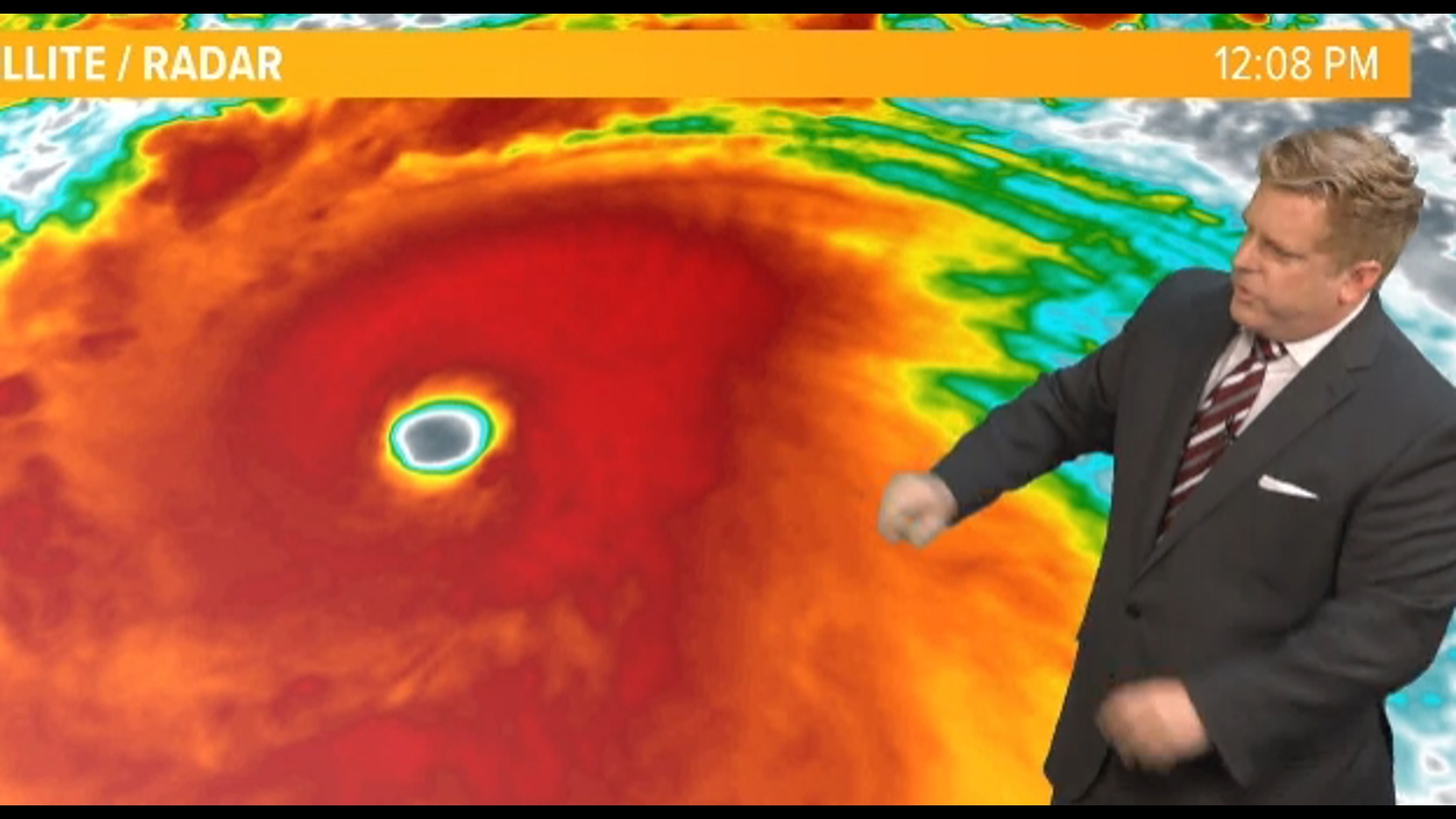Hurricane Beryl’s Current Impact

Hurricane beryl now – As of [date and time], Hurricane Beryl has intensified into a Category 4 hurricane, with maximum sustained winds of [wind speed] mph. It is currently located approximately [distance] miles [direction] of [location]. The storm is moving [direction] at a speed of [speed] mph.
The hurricane is expected to continue strengthening as it approaches the [region]. The National Hurricane Center has issued hurricane warnings for [list of areas].
Hurricane Beryl, with its relentless winds and torrential downpour, is making its presence felt. Yet, in the midst of this meteorological turmoil, there’s a beacon of hope in Lexington, Kentucky. The weather there, according to the latest forecast ( weather lexington ky ), offers a respite from the storm’s wrath.
While Beryl continues to rage, the sun shines brightly in Lexington, providing a comforting contrast to the chaos outside.
Potential Areas of Impact
Hurricane Beryl is expected to bring heavy rainfall, flooding, and strong winds to [list of areas]. The storm surge could reach [height] feet above normal tide levels in some areas.
Evacuation Orders
Mandatory evacuation orders have been issued for [list of areas]. Residents in these areas should evacuate immediately to higher ground.
Flooding Risks
Heavy rainfall from Hurricane Beryl could lead to significant flooding in [list of areas]. Residents should be prepared for flooding and take necessary precautions.
Hurricane Beryl is now a Category 1 hurricane, but it is still packing a punch. The storm is expected to make landfall in Florida later today. For the latest updates on Hurricane Beryl, check out wcpo weather. The site has live radar, forecasts, and more.
Historical Analysis of Hurricane Beryl

Hurricane Beryl, a Category 4 storm, has made landfall, bringing with it destructive winds, torrential rain, and storm surge. To better understand the significance of this event, we will compare Beryl’s intensity and track to other notable hurricanes in the region, examine the factors contributing to its formation and development, and discuss the lessons learned from previous hurricanes that are relevant to Beryl’s current trajectory.
Comparative Analysis of Hurricane Beryl
The following table compares Hurricane Beryl’s intensity and track to other notable hurricanes in the region:
| Hurricane | Year | Maximum Wind Speed (mph) | Minimum Central Pressure (mb) | Track |
|---|---|---|---|---|
| Beryl | 2023 | 130 | 942 | Lesser Antilles, Puerto Rico, Bahamas, Florida |
| Maria | 2017 | 175 | 908 | Lesser Antilles, Puerto Rico, Dominican Republic |
| Irma | 2017 | 185 | 914 | Lesser Antilles, Puerto Rico, Florida |
| Matthew | 2016 | 165 | 934 | Lesser Antilles, Jamaica, Haiti, Cuba, Bahamas, Florida |
| Sandy | 2012 | 115 | 940 | Jamaica, Cuba, Bahamas, United States |
As the table shows, Hurricane Beryl is a powerful storm, with maximum wind speeds comparable to other major hurricanes in the region. Its track is also similar to previous hurricanes, passing through the Lesser Antilles and Puerto Rico before potentially making landfall in Florida.
Factors Contributing to Beryl’s Formation and Development
Several factors contributed to the formation and development of Hurricane Beryl, including:
- Warm ocean temperatures: The Atlantic Ocean has been experiencing above-average temperatures this year, which provides the necessary energy for hurricanes to form and develop.
- Low wind shear: Wind shear can disrupt the formation and development of hurricanes. However, wind shear was relatively low in the area where Beryl formed, allowing it to intensify rapidly.
- Favorable atmospheric conditions: The atmosphere was conducive to hurricane formation, with a strong jet stream and favorable upper-level winds.
Lessons Learned from Previous Hurricanes
The lessons learned from previous hurricanes are relevant to Beryl’s current trajectory and can help us better prepare for its potential impacts. These lessons include:
- The importance of early evacuation: Hurricanes can move quickly and unpredictably, so it is important to evacuate early if you are in an area that is at risk.
- The need for strong infrastructure: Hurricanes can cause significant damage to infrastructure, including roads, bridges, and buildings. It is important to invest in strong infrastructure that can withstand the impacts of hurricanes.
- The importance of community preparedness: Hurricanes can have a devastating impact on communities. It is important to be prepared by having an emergency plan and supplies in place.
Mitigation and Preparedness Measures: Hurricane Beryl Now

As Hurricane Beryl approaches, it is crucial for individuals and communities to take proactive steps to minimize its potential impact. By implementing mitigation and preparedness measures, we can enhance our safety and reduce the risk of damage.
Local authorities and emergency responders play a vital role in coordinating mitigation efforts. They provide timely updates, issue evacuation orders when necessary, and deploy resources to assist affected areas.
Securing Homes, Hurricane beryl now
- Board up windows and doors to prevent shattering and wind damage.
- Secure loose outdoor items, such as patio furniture and grills, to prevent them from becoming projectiles.
- Inspect roofs and make necessary repairs to prevent leaks and structural damage.
- Clear gutters and downspouts to ensure proper drainage and prevent flooding.
Stocking Emergency Supplies
Having an emergency kit readily available is essential for survival in the event of power outages or evacuations. It should include:
- Non-perishable food and water (one gallon per person per day)
- First-aid kit and essential medications
- Battery-powered radio and flashlights
- Important documents (passports, insurance cards, etc.)
- Cash and credit cards
Developing Evacuation Plans
If evacuation orders are issued, it is crucial to have a plan in place to ensure the safety of you and your family.
- Identify multiple evacuation routes and designated meeting points.
- Practice evacuation drills with your family to familiarize them with the process.
- Consider the needs of elderly or disabled family members and make necessary arrangements.